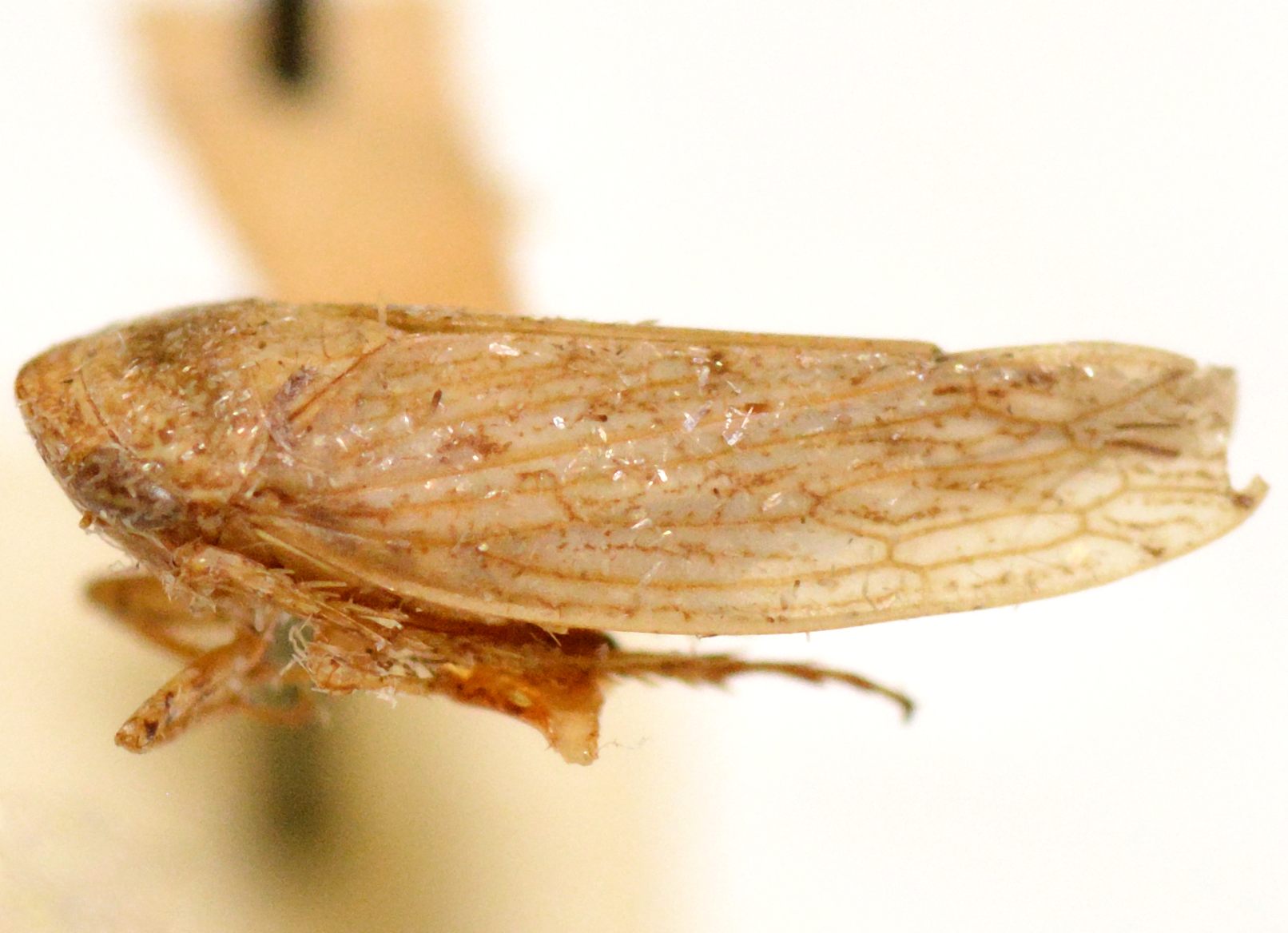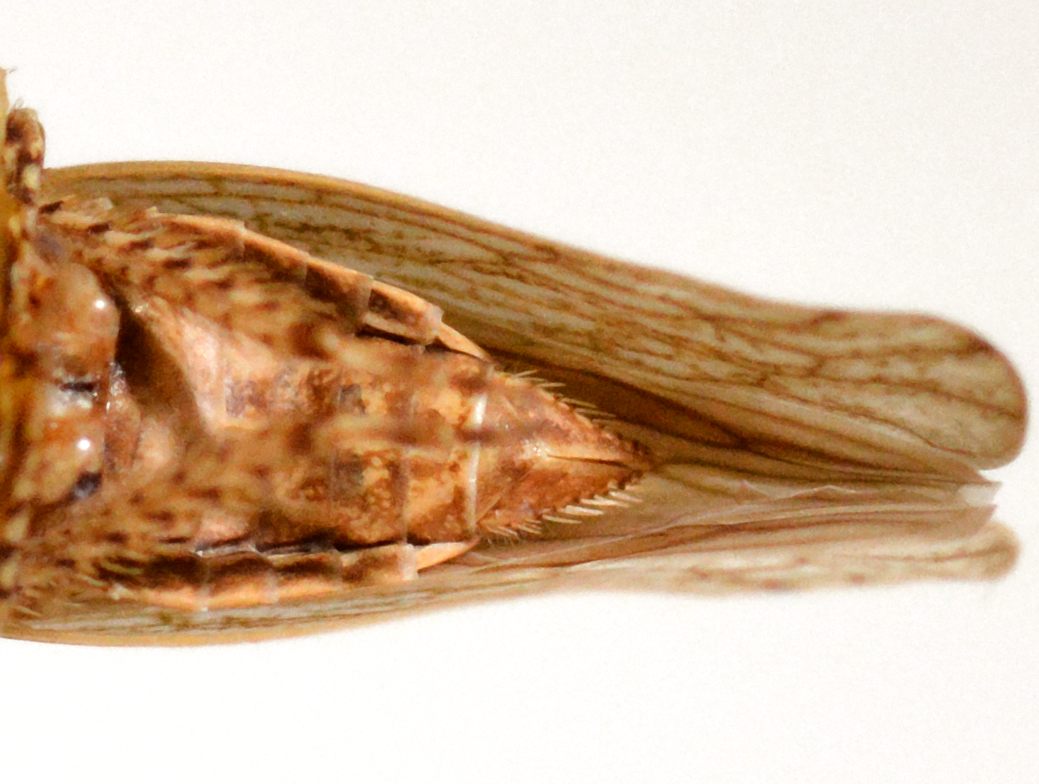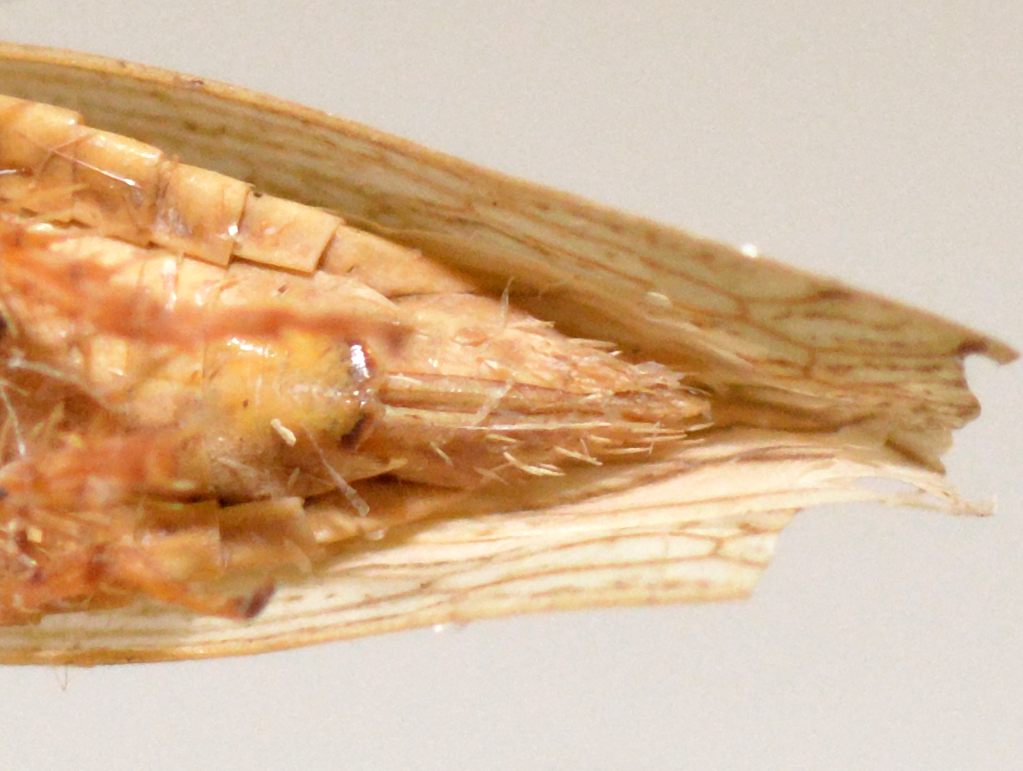Species Photo Gallery for Paraphlepsius planus No Common Name 11 |
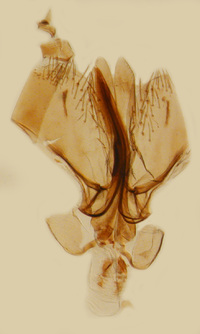 | Photo by: Bo Sullivan
Carteret Co.
Comment: female | 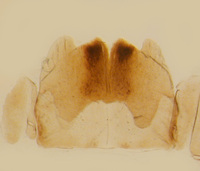 | Photo by: Bo Sullivan
Carteret Co.
Comment: female |
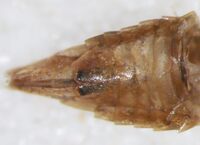 | Photo by: Bo Sullivan
Carteret Co.
Comment: female |  | Photo by: Bo Sullivan
Carteret Co.
Comment: female |
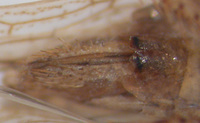 | Photo by: Bo Sullivan
Carteret Co.
Comment: female |  | Photo by: Bo Sullivan
Carteret Co.
Comment: female |
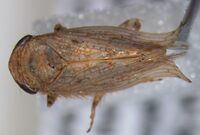 | Photo by: Bo Sullivan
Carteret Co.
Comment: female | 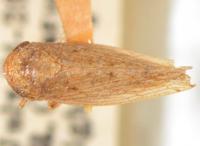 | Photo by: Kyle Kittelberger
Out Of State Co.
Comment: NCSU specimens |
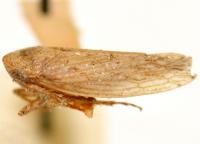 | Photo by: Kyle Kittelberger
Out Of State Co.
Comment: NCSU specimens |  | Photo by: Kyle Kittelberger
Out Of State Co.
Comment: NCSU specimens |
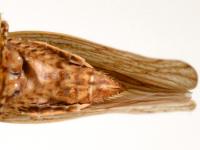 | Photo by: Kyle Kittelberger
Out Of State Co.
Comment: NCSU specimens |

 »
»